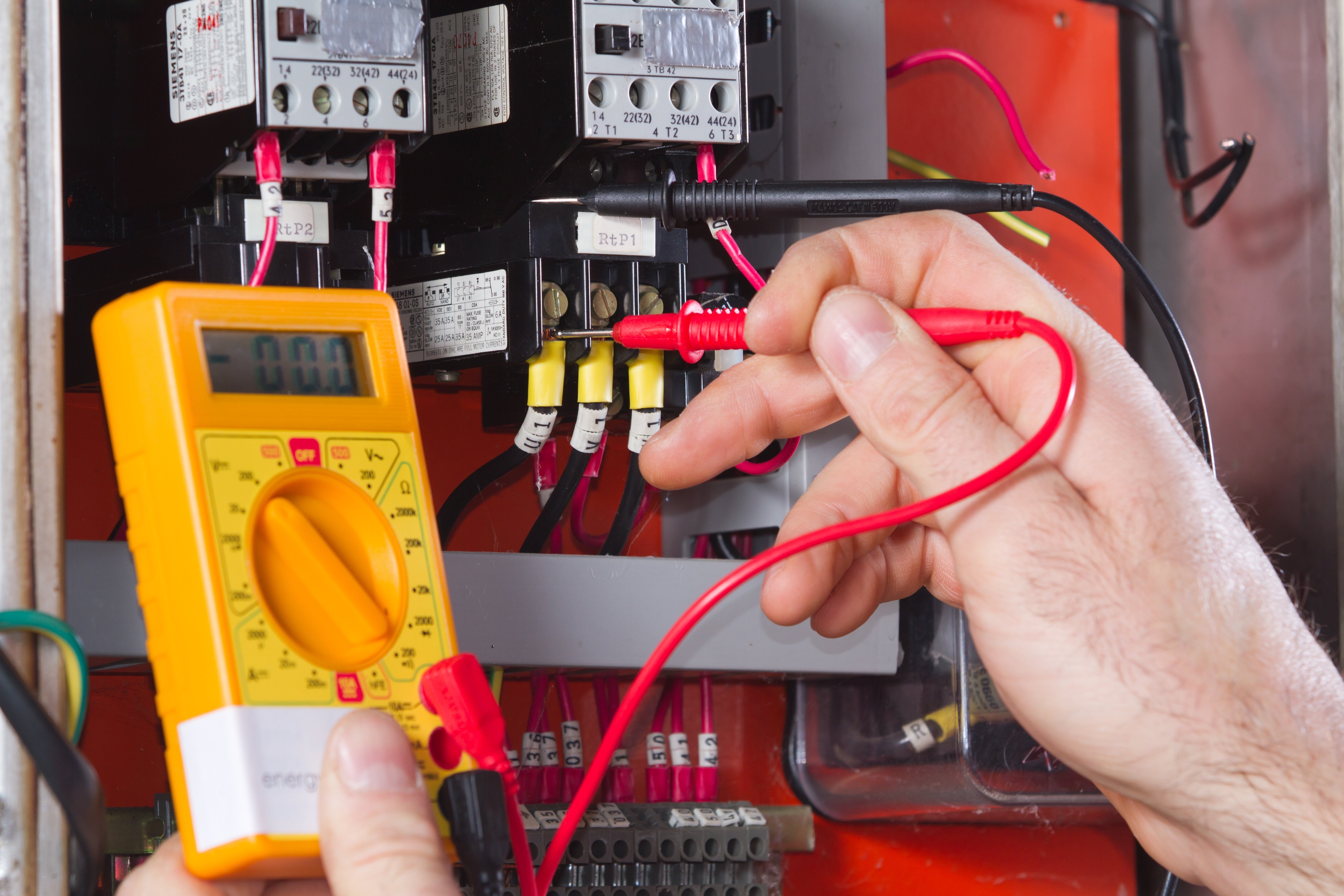Advanced BRE Automation Australia: Transforming Your Automation Needs
Advanced BRE Automation Australia: Transforming Your Automation Needs
Blog Article
The Ultimate Guide to Electrical Setup: Tips and Methods for a Safe and Efficient Home Wiring System
In the world of home upkeep, few aspects are as essential yet frequently ignored as the electrical wiring system. By exploring the subtleties of electric safety and security measures and energy-saving practices, this extensive guide will lose light on the ins and outs of home electrical wiring, equipping people to take fee of their household's electrical framework.
Understanding Electrical Safety And Security Actions
To make certain the security of both people and residential or commercial property, understanding and executing proper electrical safety actions is extremely important in any type of home wiring job. It is critical to perform a thorough examination of the electrical system before starting any type of wiring task to identify possible risks or concerns that require to be dealt with.
Moreover, making use of the suitable devices and devices is important for preserving safety throughout electrical setups. Protected gloves, voltage testers, and protective glasses are a few of the standard safety and security gear that ought to be used to avoid electrical shocks or accidents. It is likewise important to de-energize circuits prior to working with them and to classify all circuits and breakers clearly to stay clear of complication.

Vital Devices for Home Wiring
Making certain the appropriate application of electrical safety steps in home circuitry jobs includes using a details collection of vital devices developed to facilitate the installation process efficiently and safely. Some of the trick devices needed for home circuitry projects include a voltage tester for inspecting real-time cables, cord pole dancers for getting rid of insulation from wires, a cord cutter for specifically reducing cables to length, a screwdriver set for securing electrical elements, electric tape for insulation and securing connections, a cord ripper for stripping cable sheathing, and a multimeter for measuring voltage, existing, and resistance.
Step-by-Step Electric Setup Overview
Beginning an electrical setup task calls for careful planning and adherence to safety and security standards. Before beginning any type of work, ensure you have a thorough plan detailing the design of the electrical system, including the placement of electrical outlets, buttons, and fixtures. Think about the power needs of each device to determine the proper cable gauge and circuit breaker sizes.
The initial step in the setup procedure is to shut down the power supply to the area where you will certainly be functioning. Use a voltage tester to confirm that the circuits are de-energized prior to touching any kind of cords. Next, carefully get rid of existing fixtures or electrical outlets and separate the wires.
When setting up brand-new electrical wiring, run wires via walls and ceilings, securing them in area with suitable installations. Comply with regional building ordinance and manufacturer directions for correct cable setup and connections. BRE Electrical Melbourne. Make sure to classify wires for simple identification and future upkeep
Troubleshooting Common Wiring Issues
Having actually finished the setup process as laid out in the previous subtopic, repairing typical electrical wiring problems is an important skill for making sure the safety and security and capability of your electric system. One common problem is a tripped breaker, commonly created by overloaded circuits or a short circuit. To troubleshoot this, situate the breaker panel, identify the tripped breaker by looking for the one not fully in the "on" position, and reset it by flipping it fully to "off" and afterwards back to "on." One more widespread problem is a malfunctioning outlet, characterized by no power or recurring power supply. Make certain the electrical outlet is not controlled by a button, then utilize a voltage tester to check for power. If there is no power, switch off the circuit, examine the wiring connections for any kind of loosened or broken wires, and replace the outlet if necessary. Continuously flickering lights can show loose wiring BRE Services links or an overloaded circuit. To resolve this, check and tighten all cord links in the influenced components and switches and rearrange the tons on the circuit to stabilize the electric need. On a regular basis examining and immediately addressing these common wiring concerns will certainly preserve the safety and security and effectiveness of your home electric system.
Tips for Energy-saving Electric Systems
For optimal energy efficiency in electric systems, executing clever techniques and using energy-saving innovations is critical. One crucial tip for accomplishing an energy-efficient electric system is to update to LED illumination. Appropriate insulation and securing of windows, doors, and electrical outlets can additionally stop power loss, eventually lowering the work on electrical systems.
Final Thought
Finally, executing proper precaution, utilizing important tools, complying with a detailed installment overview, fixing common concerns, and integrating energy-efficient tips are important for a secure and effective home electrical wiring system. By sticking to these techniques, property owners can ensure the long life and performance of their electric setups. It is very important to prioritize safety and security and performance when it comes to electric work in order to avoid potential hazards and to preserve a dependable electric system in the home.
Report this page